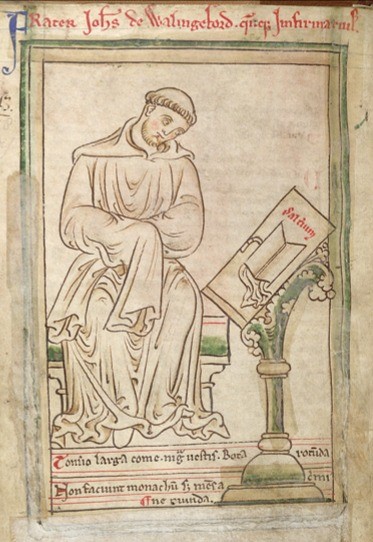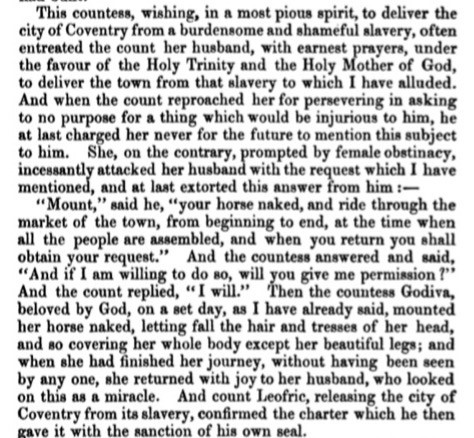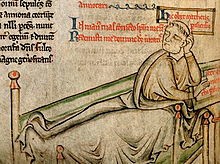
Coventry Society member, Peter James, has been looking into the history of the legend of Godiva. Peter writes….
Matthew Paris born c.1200 was an English Benedictine monk based at St. Albans Abbey. As well as being a narrator he also produced and illustrated manuscripts. Although he was well travelled especially in Europe he is best known for his work as a historian. The most famous chronicler at St. Albans Abbey at that time was Roger of Wendover. When Roger died in 1236 Matthew edited his work known as Flores Historiarum (Flowers of History). Roger’s stories covered the period from Creation to 1235, so Matthew added material for the time between 1235 and 1259. A contemporary of Matthew Paris was John of Wallingford another Benedictine monk at St. Albans who moved there around 1246. They collaborated on various projects and John completed some material previously researched by Matthew.
Flores Historiarum are two Latin chronicles, the first by Roger of Wendover covering the period up to 1235 and the second period from 1235-1259 by Matthew Paris. They were later translated into English and released as Flowers of History. In volume 1 on Page 543 the year featured is 1057 and Earl Leofric and his death is mentioned. The story continues on the next page and tells of how Godiva had repeatedly pleaded for Earl Leofric to ease the burden of taxation on the people of Coventry. This is believed to be the first printed account of Lady Godiva’s ride through Coventry on horseback. In the Domesday Book entry for Coventry in 1086 there were only 69 households so before 1057 there were undoubtedly fewer. Coventry was no more than a settlement so probably had just a single trackway running through it. The chances of Coventry having a marketplace at this time are very small.



This is the opinion of a famous Victorian genealogist and historian:-
In the Battle Abbey Roll written by the Duchess of Cleveland in 1899 she writes “The town of Coventry we are now told was not then in existence. There was only a vill (settlement) so named, chosen by Earl Leofric and his wife, as the site of their projected monastery; and Godiva stripped herself, not actually of her clothes but allegorically of all her earthly possessions for it’s endowment.”
Another document found in the late 12th Century was The Liber Eliensis written at Ely Abbey. Put down on velum in Latin it comprised of three books covering the period from 673 to the middle of the 12th century. It indicated that a Godgifu (Godiva) was a widow before 1010. It’s probably the same Godiva that married Earl Leofric. Both Matthew Paris and Roger of Wendover were aware of the Liber Eliensis and used it as a source of information.

Thankfully the story of Lady Godiva and her ride on horseback through Coventry was discovered by Roger of Wendover. Matthew Paris added his own stories to those written by Roger to create the Flores Historiarum. He then ensured that a manuscript was produced which is now kept at Chethams Library in Manchester. This guaranteed the survival of the legend of Lady Godiva which might have been lost forever.
